The Scoville Scale measures pepper heat intensity in Scoville Heat Units (SHU), ranging from 0 for bell peppers to over 2 million for the Carolina Reaper. This standardized measurement system helps consumers and chefs understand and select peppers based on precise heat levels rather than subjective descriptions like "mild" or "hot."
| Pepper | Scoville Heat Units (SHU) | Heat Level Classification |
|---|---|---|
| Bell Pepper | 0 SHU | Mild |
| Jalapeño | 2,500–8,000 SHU | Mild to Medium |
| Serrano Pepper | 10,000–23,000 SHU | Medium |
| Hatch Green Chile | 1,000–15,000 SHU | Mild to Medium |
| Cayenne Pepper | 30,000–50,000 SHU | Medium-Hot |
| Tabasco Pepper | 30,000–50,000 SHU | Medium-Hot |
| Thai Chili | 50,000–100,000 SHU | Hot |
| Habanero Pepper | 100,000–350,000 SHU | Very Hot |
| Ghost Pepper (Bhut Jolokia) | ~1,000,000 SHU | Extremely Hot |
| Carolina Reaper | 1,400,000–2,200,000 SHU | Superhot |
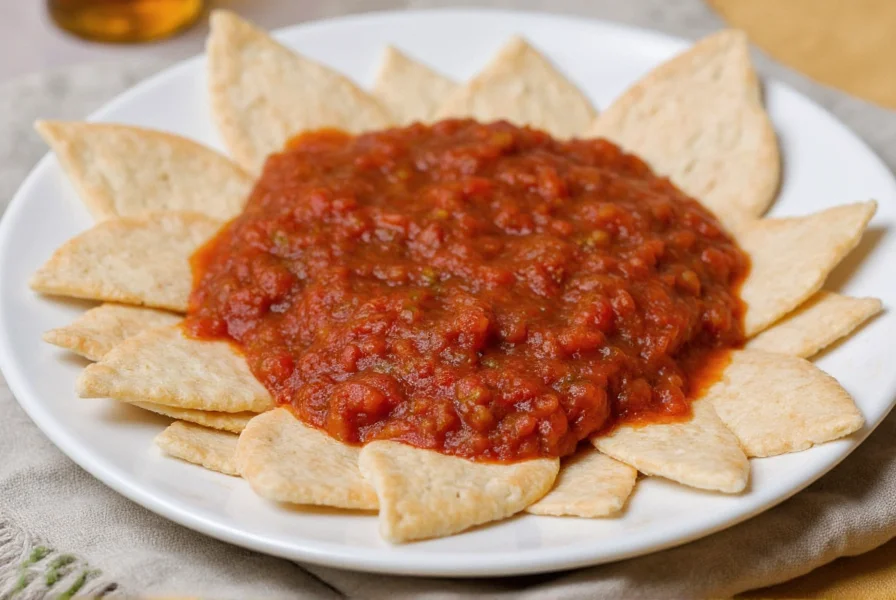
Invented by pharmacist Wilbur Scoville in 1912, the Scoville Scale originally measured heat through human taste testing, diluting pepper extract until the heat became undetectable. Modern laboratories now use high-performance liquid chromatography (HPLC) to measure capsaicinoids—the compounds responsible for heat—providing precise, objective measurements in Scoville Heat Units without human subjectivity.
How the Scoville Scale Works: Scientific Measurement Explained
The Scoville measurement represents how many times capsaicin must be diluted in sugar water before the heat becomes undetectable. For example, Tabasco sauce at 3,750 SHU requires dilution of 1 part sauce to 3,750 parts sugar water. Pure capsaicin, the compound that creates heat in peppers, measures approximately 16 million SHU—the theoretical maximum on the scale.
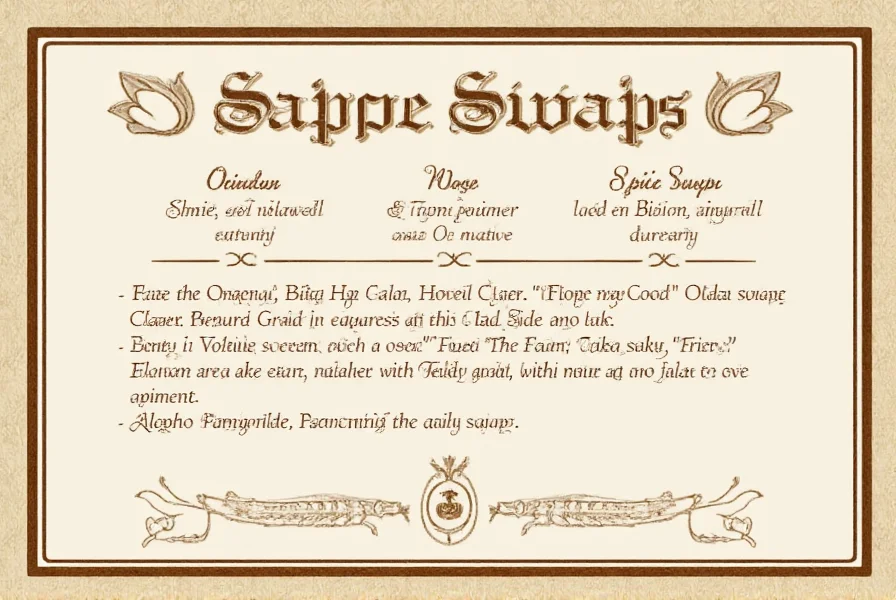
Factors That Affect Pepper Heat Levels
Pepper heat varies due to several scientific factors:
- Genetic composition: Each pepper variety has a genetically determined heat range
- Climate conditions: Higher temperatures generally increase capsaicin production
- Soil composition: Nutrient levels, particularly potassium and calcium, impact heat intensity
- Water availability: Drought stress typically increases capsaicin concentration
- Ripeness: Fully ripe peppers often contain more capsaicin than unripe counterparts
- Plant position: Peppers growing on upper branches tend to be hotter than those lower on the plant
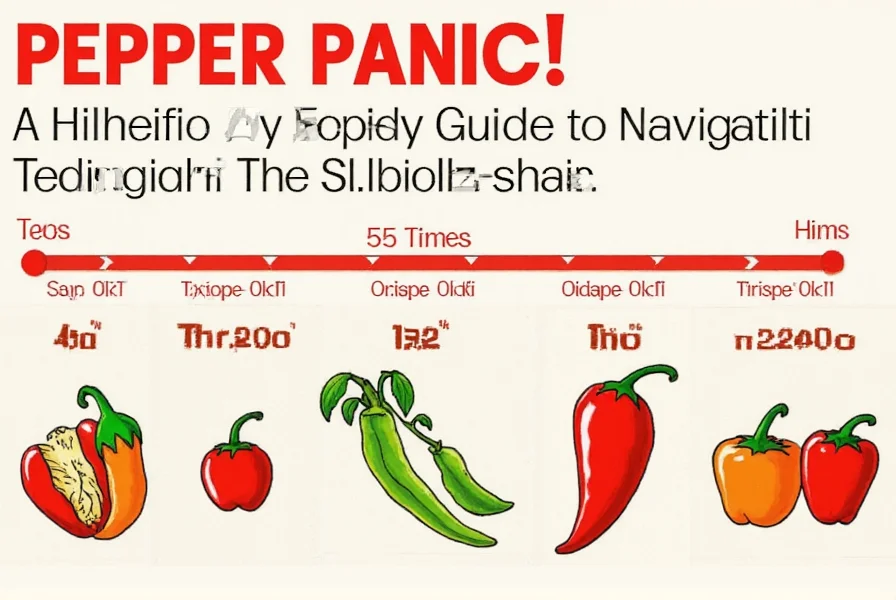
| Heat Level Range | Pepper Examples | Safe Handling Recommendations | Culinary Applications |
|---|---|---|---|
| 0–5,000 SHU (Mild) | Bell peppers, Poblanos | No special precautions neededStuffing, roasting, salads, sauces | |
| 5,000–30,000 SHU (Medium) | Jalapeños, Serranos | Gloves recommended when handling multiple peppersSalsas, nachos, marinades, pickling | |
| 30,000–100,000 SHU (Hot) | Cayenne, Tabasco, Thai chilies | Gloves mandatory, eye protection advisedHot sauces, spice blends, infused oils | |
| 100,000+ SHU (Extreme) | Habaneros, Ghost Peppers, Carolina Reaper | Full protective gear required, work in ventilated areaSpecialty hot sauces, finishing touches in minute quantities |
Scientifically-Backed Safety Guidelines for Handling Hot Peppers
When working with peppers above 30,000 SHU, follow these evidence-based safety protocols:
- Protective equipment: Wear nitrile gloves (latex provides inadequate protection) and safety glasses when handling superhot peppers
- Workspace preparation: Cover surfaces with disposable paper, avoid cross-contamination with other foods
- First response protocol: If pepper contact occurs, immediately wash affected area with soap and cold water (not hot, which opens pores)
- Eye exposure: Flush eyes with saline solution for 15 minutes; seek medical attention if irritation persists
- Ingestion response: Consume dairy products containing casein (whole milk, yogurt) which binds to capsaicin; avoid alcohol which increases absorption
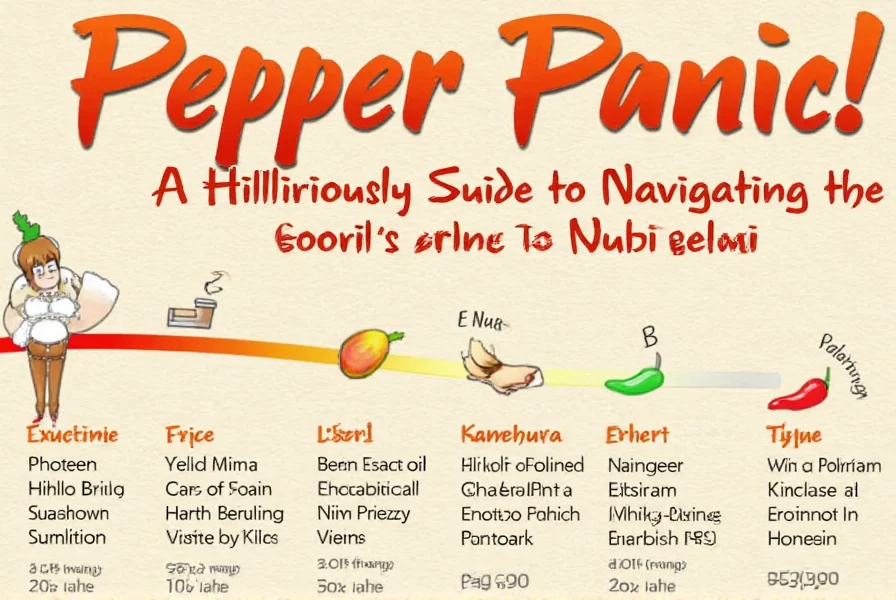
Accurate Pepper Selection Guide Based on Heat Requirements
Choosing the right pepper requires understanding both heat level and flavor profile:
| Desired Heat Level | Recommended Peppers | Flavor Characteristics | Cooking Tips |
|---|---|---|---|
| Negligible heat (0-500 SHU) | Bell peppers, Cubanelle | Sweet, vegetal, crispIdeal for stuffing or adding color without heat | |
| Mild background heat (500-5,000 SHU) | Ancho, Guajillo, Poblano | Smoky, raisin-like, earthyRehydrate dried chilies in hot water before use | |
| Noticeable kick (5,000-15,000 SHU) | Hatch green chile, Jalapeño | Grassy, bright, vegetalRoast before incorporating for deeper flavor | |
| Significant heat (30,000-50,000 SHU) | Cayenne, Tabasco | Sharp, vinegary, pungentAdd early in cooking for integrated heat | |
| Extreme heat (100,000+ SHU) | Habanero, Scotch Bonnet | Fruity, floral, tropicalUse sparingly; add seeds only for maximum heat |

How Pepper Heat Transforms During Cooking
Understanding how cooking affects capsaicin concentration is crucial for recipe success:
- Drying process: Increases heat concentration by removing water content; dried chilies can be 8-10 times hotter than fresh
- Cooking time: Prolonged cooking distributes heat more evenly but doesn't reduce overall SHU
- Acidic ingredients: Vinegar or citrus can enhance perceived heat by improving capsaicin solubility
- Fat content: Oil-based sauces better extract and distribute capsaicin than water-based preparations
- Cooling effects: Dairy ingredients don't reduce actual SHU but provide immediate sensory relief through casein binding
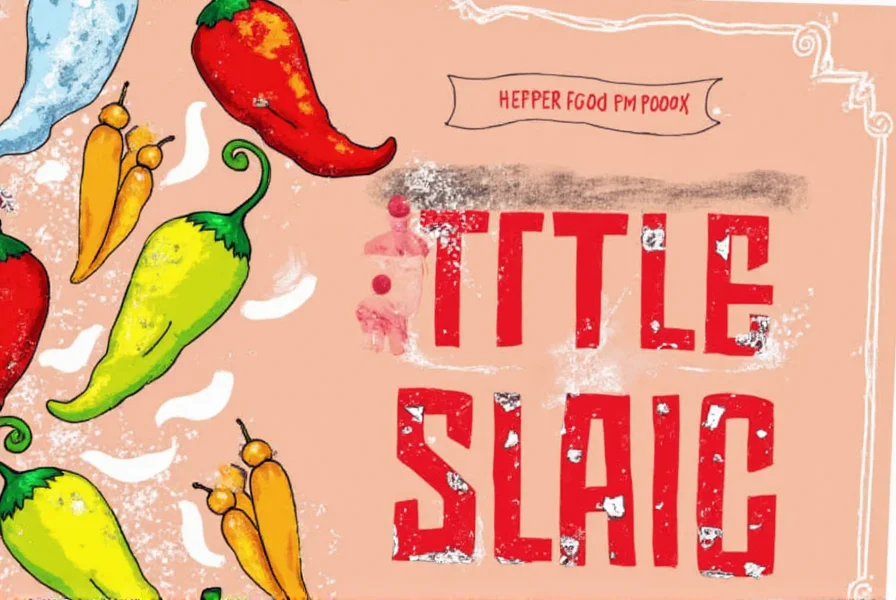
Scientifically Verified Scoville Scale FAQs
What is the scientific basis for the Scoville measurement system?
The modern Scoville Scale uses high-performance liquid chromatography (HPLC) to measure capsaicinoid concentration in parts per million, then converts to Scoville Heat Units using the formula: SHU = ppm of capsaicinoids × 15
Why do identical pepper varieties show different heat levels?
Environmental factors including temperature fluctuations, soil composition, water availability, and sunlight exposure cause genetic expression variations that affect capsaicin production. A single jalapeño plant may produce peppers ranging from 2,500 to 8,000 SHU.
How does the Carolina Reaper maintain its world record status?
The Carolina Reaper (Capsicum chinense) holds the Guinness World Record through deliberate cross-breeding of habanero and Naga Viper peppers, achieving average heat levels of 1.6 million SHU with verified peaks reaching 2.2 million SHU through rigorous laboratory testing.
What's the biological purpose of capsaicin in peppers?
Evolutionary biology research shows capsaicin deters mammalian consumption (which would destroy seeds through digestion) while attracting birds (which disperse intact seeds). Mammals have TRPV1 receptors that detect capsaicin as painful, while birds lack these receptors.
How do professional tasters safely evaluate extreme heat peppers?
Certified tasting panels use strict protocols: working in ventilated booths, using calibrated dilution methods, taking mandatory 15-minute breaks between samples, and having medical professionals on standby for peppers exceeding 500,000 SHU.
What's the difference between Scoville units and ASTA pungency units?
ASTA (American Spice Trade Association) pungency units measure total colorless compounds in peppers, while Scoville units specifically measure capsaicinoids. The conversion factor is 1 ASTA unit = 15 Scoville units, making ASTA measurements more precise for commercial applications.
Practical Applications of Scoville Scale Knowledge
Understanding precise heat levels enables professional applications across multiple industries:
- Culinary development: Recipe standardization requires exact pepper specifications to maintain consistent heat profiles
- Food manufacturing: Commercial hot sauce producers must test each batch to ensure SHU consistency
- Medical research: Capsaicin's pain-relieving properties are dose-dependent, requiring precise measurement
- Law enforcement: Pepper spray effectiveness depends on standardized Scoville measurements (typically 2-5 million SHU)
- Agricultural science: Selective breeding programs use SHU measurements to develop new pepper varieties
When selecting peppers for specific applications, consult verified laboratory results rather than relying on general descriptions. The most accurate heat measurements come from independent laboratories using ASTM International standard E2425-05 for capsaicinoid analysis.

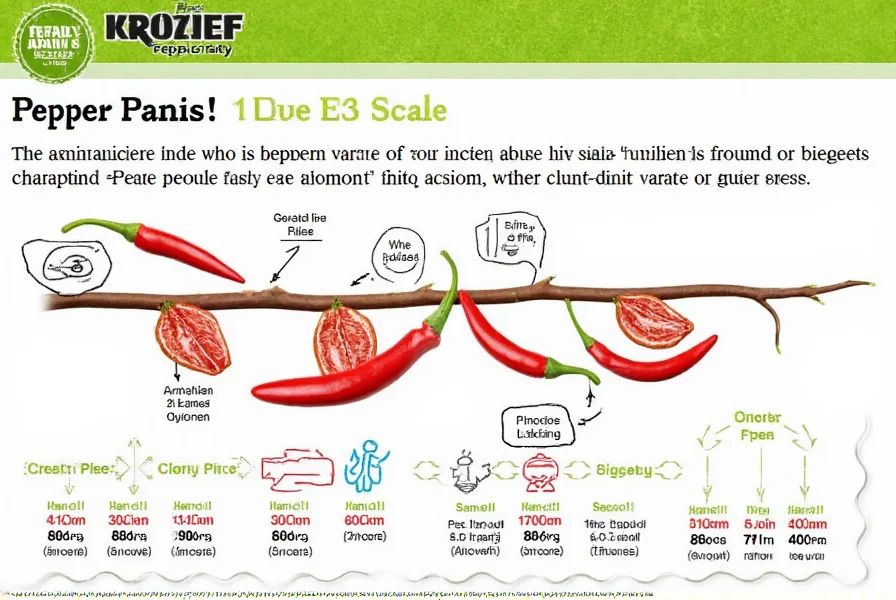









 浙公网安备
33010002000092号
浙公网安备
33010002000092号 浙B2-20120091-4
浙B2-20120091-4